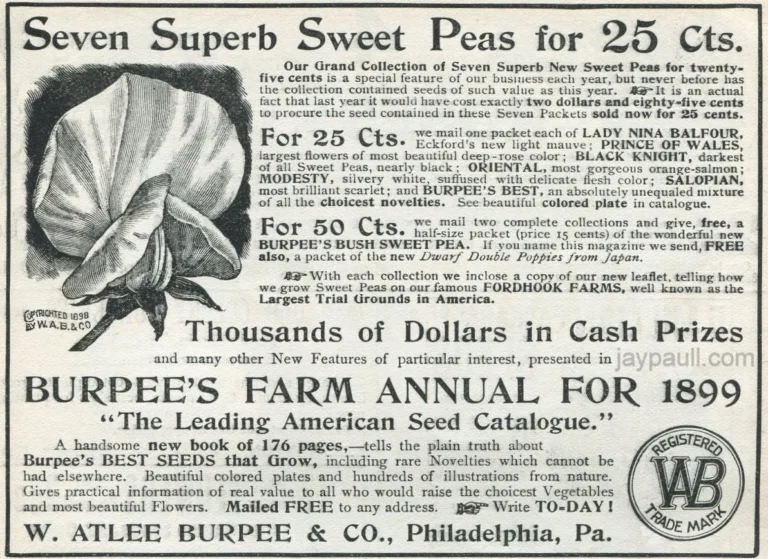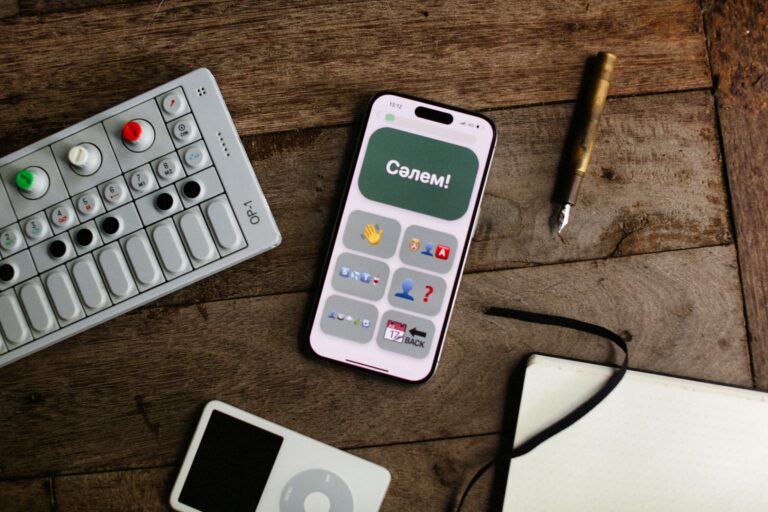
Create “ChatGPT-Findable” Content Formats
Not all content is equally likely to influence AI. The following formats tend to perform best:
- Listicles: e.g. “Top 5 Vegan Skincare Brands in the U.S.”
- Comparative Posts: e.g. “Everlane vs. Reformation: Which Is Better?”
- Answer Posts: e.g. “Is Everlane actually sustainable?”
- Brand Origin Stories: AI pulls rich storytelling elements to answer questions like “What brand started with a mission to eliminate plastic?”
Example: Casper often appears in mattress-related queries because it invests heavily in comparison content—“Casper vs. Purple”—making it easier for the model to include the brand in responses.
Use content structure tools like H1s, bullet points, bolded headers, and meta tags consistently to guide both readers and AI models.
Future-Proofing: Integrate with AI Tools & Assistants
The next frontier isn’t just being visible in ChatGPT, but actively integrating with it.
- If you’re an e-commerce brand, consider joining ChatGPT’s plugin store or APIs.
- Explore listings through Microsoft’s Copilot (which integrates ChatGPT into Office products).
- Enable voice search optimization for smart assistants.
Example: Brands that sell via Instacart now appear in OpenAI queries for grocery recommendations, thanks to plugin integration.
Wrapping Up
Being visible in ChatGPT is not about gaming the system—it’s about being genuinely useful, visible, and credible online. If you want your brand to be part of AI-powered conversations, you must build a digital presence that’s helpful, informative, and widely talked about.
Focus on ChatGPT brand visibility not just as a buzzword, but as part of your content and brand strategy. That’s how you’ll stand out in 2025—and beyond.


